Discover the Artistry of Bhaktapur: Woodcarvings, Pottery, and Living Culture
Bhaktapur, often called the “City of Devotees,” is a living museum where Nepal’s ancient artistry, culture, and traditions still breathe through everyday life. Just a short drive from Kathmandu, this UNESCO World Heritage City preserves the essence of medieval Nepal with its red-brick squares, intricate woodcarvings, and timeless rituals. Wandering its narrow alleys feels like stepping back in time — where artisans craft pottery by hand, families celebrate centuries-old festivals, and sacred courtyards echo with temple bells. Bhaktapur isn’t just a heritage site; it’s a living culture, thriving amid the rhythm of modern Nepal.
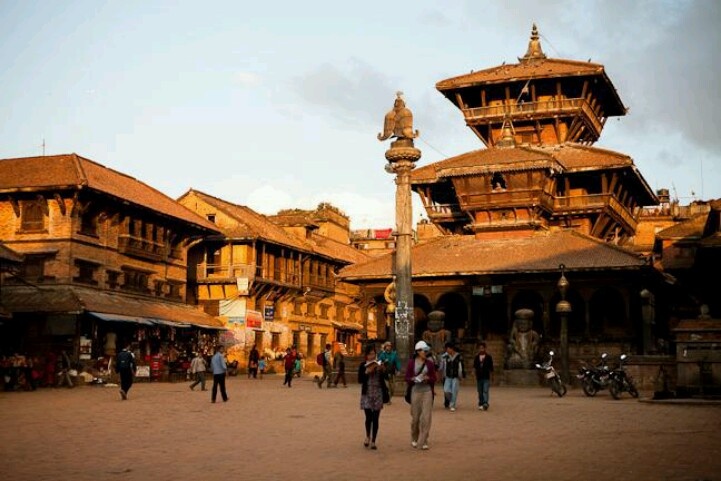
A Timeless City of Art and Architecture
Every corner of Bhaktapur narrates a story carved in wood, stone, and terracotta. The city’s three main squares—Durbar, Taumadhi, and Dattatreya—are living galleries of medieval craftsmanship. From the towering Nyatapola Temple to the 55-Window Palace, Bhaktapur’s architecture reflects the pinnacle of Newar ingenuity. Strolling through these squares, travelers encounter locals making offerings, potters shaping clay, and children playing in courtyards that have stood for centuries. Unlike a museum frozen in time, Bhaktapur thrives with daily life, blending past and present in perfect harmony.
Festivals, Faith, and Everyday Culture
Culture isn’t just preserved here—it’s practiced daily. Bhaktapur’s calendar is filled with vibrant festivals like Bisket Jatra and Gai Jatra, where locals parade chariots, wear traditional attire, and fill the streets with music and devotion. Every courtyard and shrine becomes a stage for ritual and celebration. Visitors can observe traditional dances, join in local feasts, or simply absorb the spiritual energy that binds this community together. In Bhaktapur, spirituality is woven into daily life—alive, inclusive, and enduring.
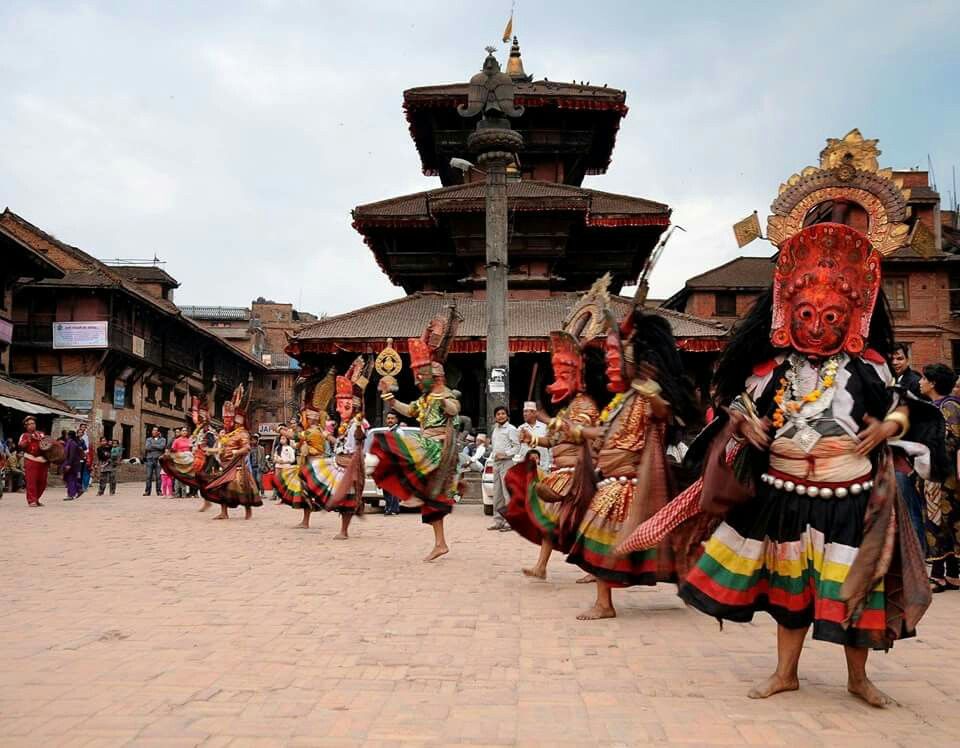
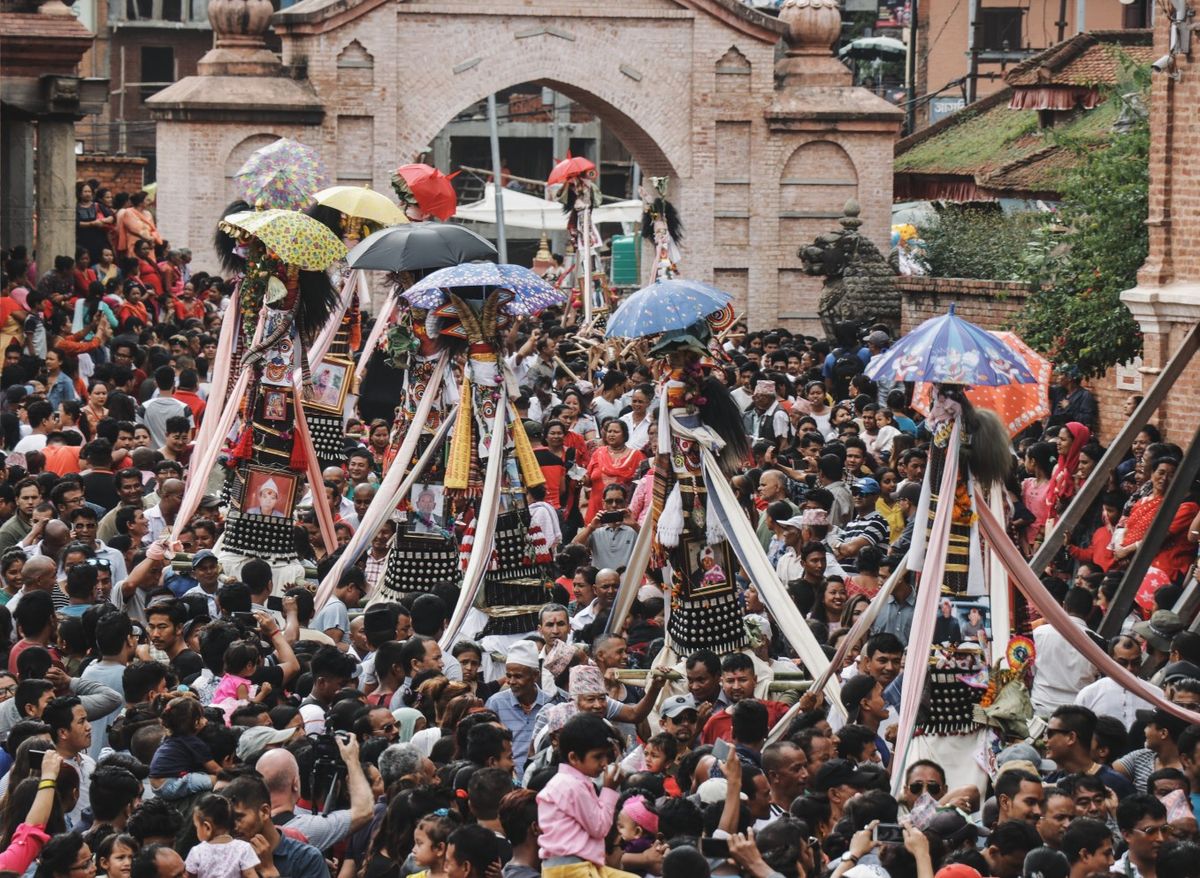
Highlights / Key Features
UNESCO World Heritage Site – Preserving centuries of Newar architecture and artistry.
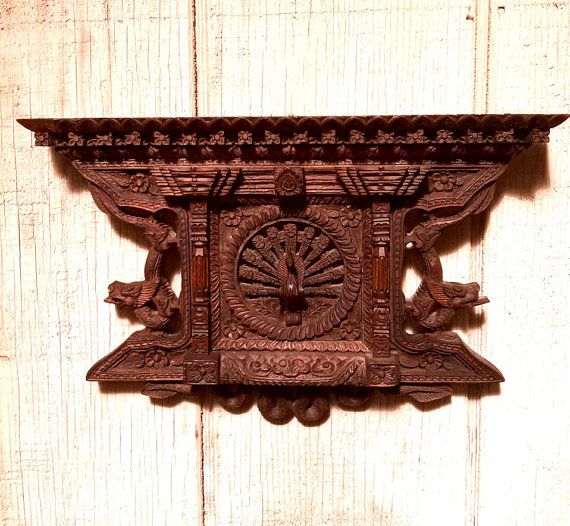
Living Newar Culture – Witness daily rituals, festivals, and age-old craftsmanship.
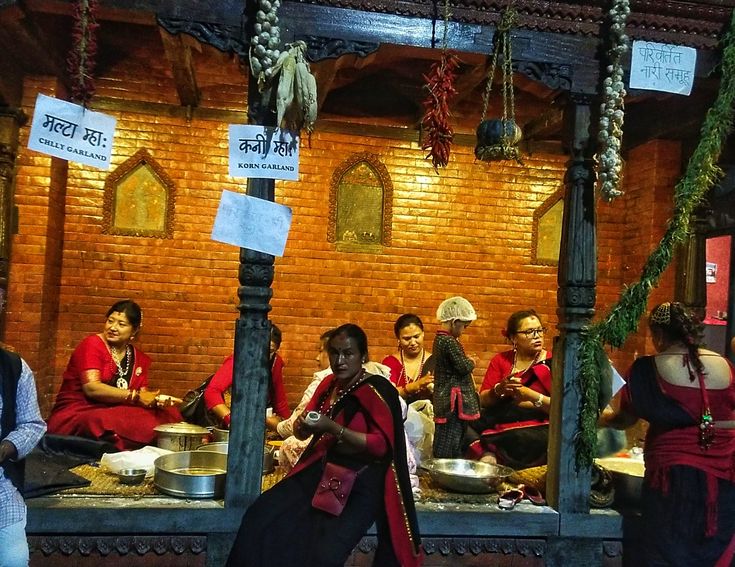
Authentic Newari Cuisine – Savor local flavors like juju dhau (king curd) and chatamari.
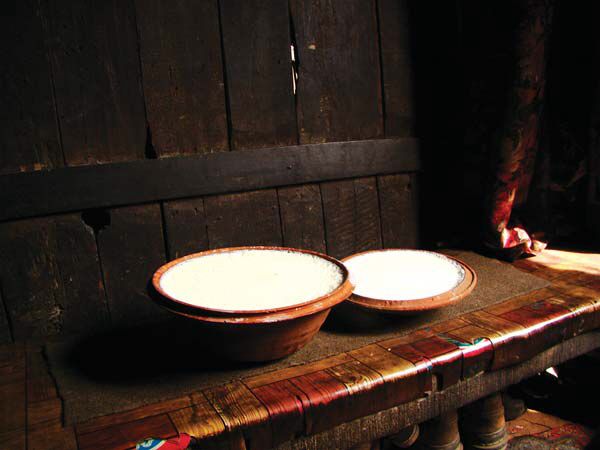
Taste of Tradition: Newari Cuisine
No journey through Bhaktapur is complete without tasting its culinary heritage. The city is the birthplace of juju dhau — a rich, creamy yogurt once reserved for royalty. Wander through local eateries to sample bara (lentil pancakes), chatamari (Nepali pizza), and festive feasts called samyabaji. Newari food reflects the city’s deep cultural roots — flavorful, communal, and crafted with care. Whether at a family-run inn or a bustling street stall, each bite tells a story of tradition and pride.

Immersive Experiences for Travelers
Beyond sightseeing, Bhaktapur offers travelers opportunities to live the culture. Stay in restored heritage homes, join pottery workshops, or cycle through surrounding villages to experience authentic rural life. The slow pace allows visitors to truly connect with the people and rhythm of the city. At sunrise, temple bells ring softly over the city; by dusk, prayer lamps flicker on ancient shrines — an unforgettable symphony of heritage, humanity, and harmony.
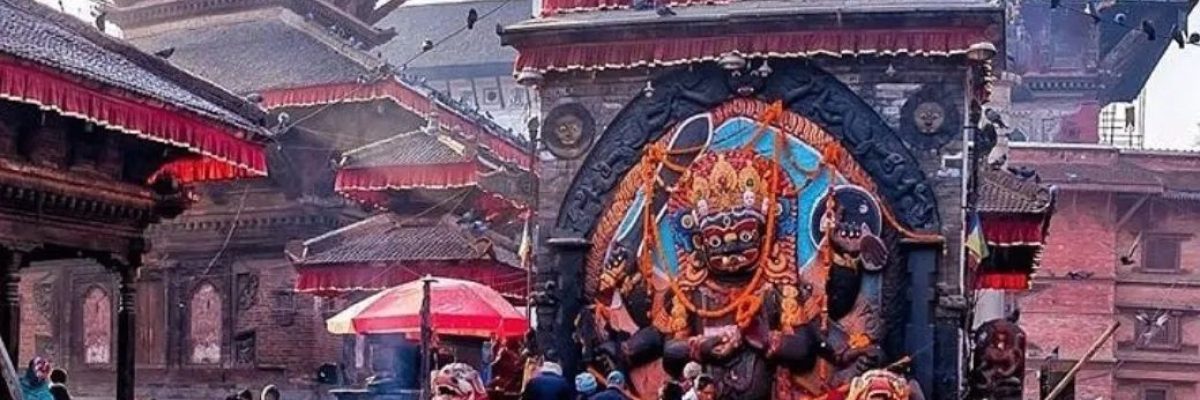
FAQs about Bhaktapur’s Living Heritage
1. Why is Bhaktapur called a “living heritage city”?
Because traditional lifestyles, crafts, and festivals continue to thrive here, Bhaktapur functions as a living museum where heritage is actively practiced, not just preserved.
2. What are the must-see attractions in Bhaktapur?
Durbar Square, Nyatapola Temple, Dattatreya Square, and Pottery Square are unmissable. Each showcases Newar architecture, art, and local life.
3. How far is Bhaktapur from Kathmandu?
It’s about 13 km (30–40 minutes) east of Kathmandu, easily accessible by taxi or tourist bus, making it a perfect day trip or overnight stay.
4. What local food should travelers try in Bhaktapur?
Don’t miss juju dhau (king curd), chatamari, bara, and traditional Newari feasts — all best enjoyed in local eateries or homestays.
5. When is the best time to visit Bhaktapur?
Autumn (September–November) and spring (March–May) offer clear skies, pleasant weather, and colorful festivals that enrich the travel experience.
6. Can visitors participate in local activities?
Yes, travelers can join craft workshops, cultural walks, or volunteer-led programs that support heritage preservation and sustainable tourism.
7. Is Bhaktapur suitable for family travel?
Absolutely. Families can enjoy heritage walks, interactive workshops, and local food experiences in a safe, pedestrian-friendly environment.
8. What local dishes should I try?
Try juju dhau, chatamari, bara, samyabaji, and choila — traditional Newari dishes that capture the essence of Bhaktapur’s cuisine.
9. Are there entry fees for visitors?
Yes, a nominal heritage entry fee supports preservation efforts and local development. It’s a small contribution toward maintaining Bhaktapur’s beauty.
10. Can I stay overnight in Bhaktapur?
Yes, there are charming heritage inns and homestays within the city that offer authentic experiences, Newari hospitality, and sunrise views over ancient temples.
Plan Your Authentic Bhaktapur Journey with Namo Nepal
Experience Bhaktapur — a city where every street is a story, every craft a legacy, and every festival a celebration of life. Let its heritage guide you through the heart of Nepal’s culture, where the past and present meet in harmony. Walk its ancient squares, taste its flavors, and feel its living spirit.
Plan your Bhaktapur journey with Namo Nepal — your trusted travel companion for authentic experiences, local adventures, and cultural discovery across the Himalayas.
